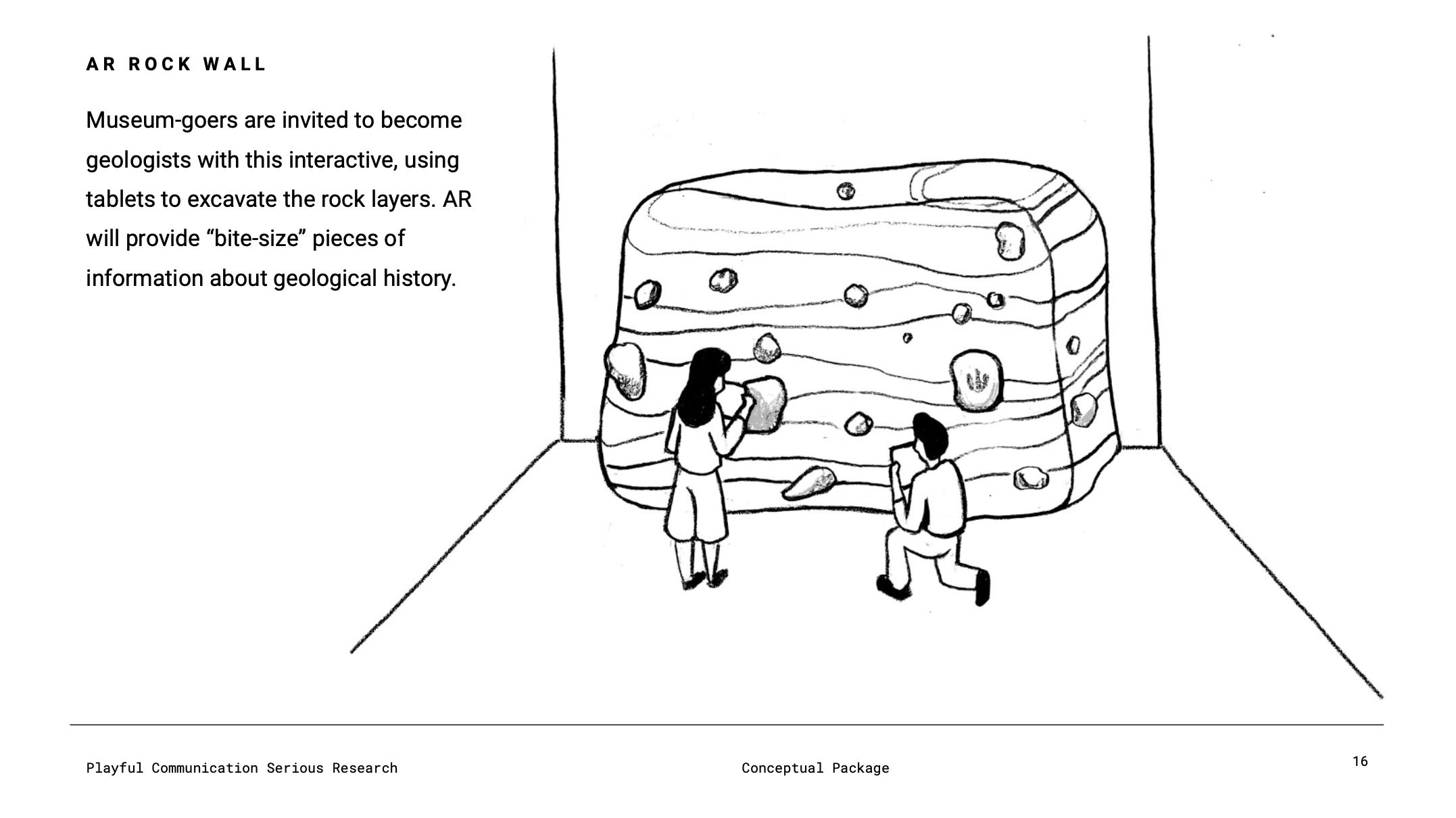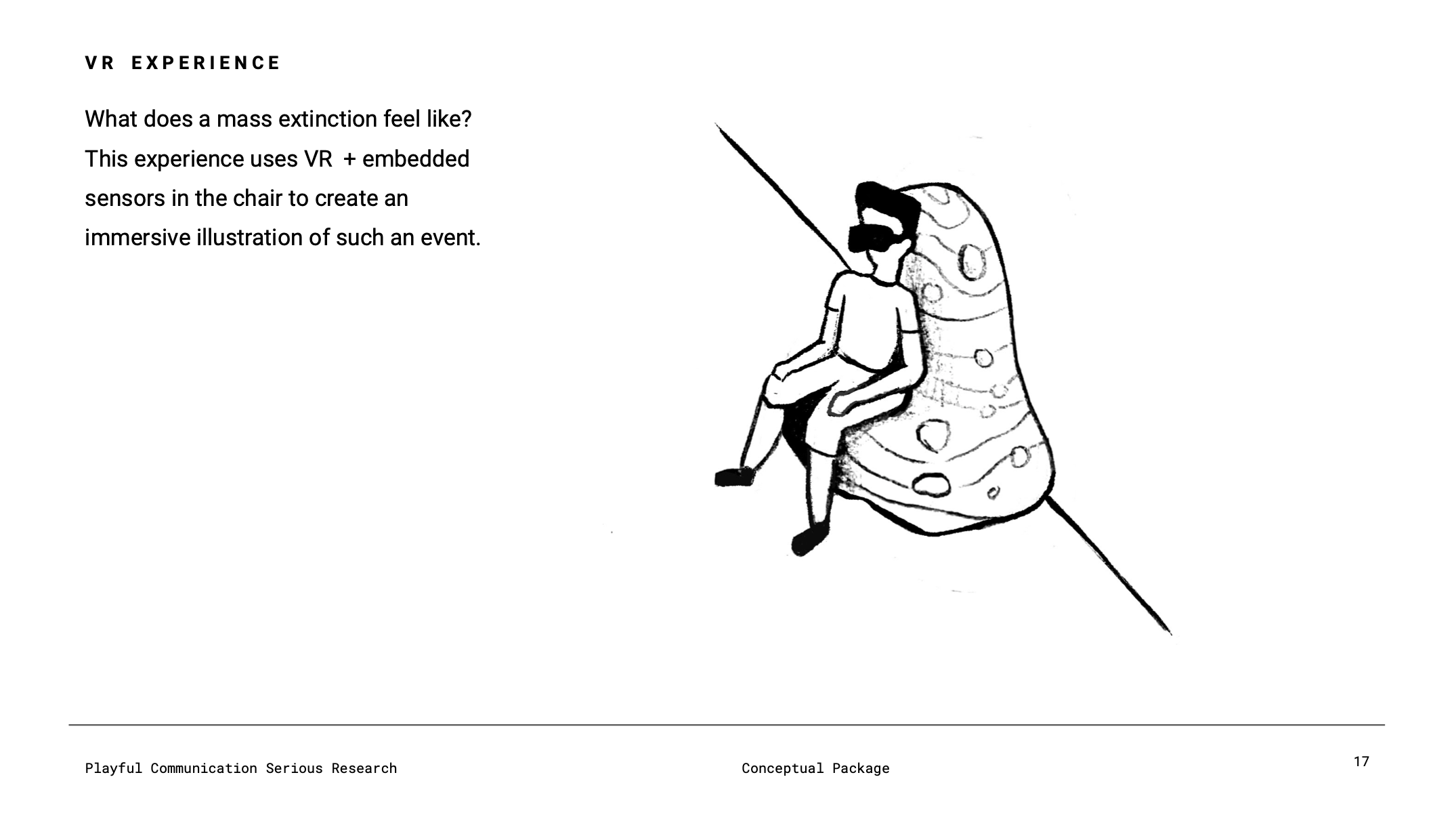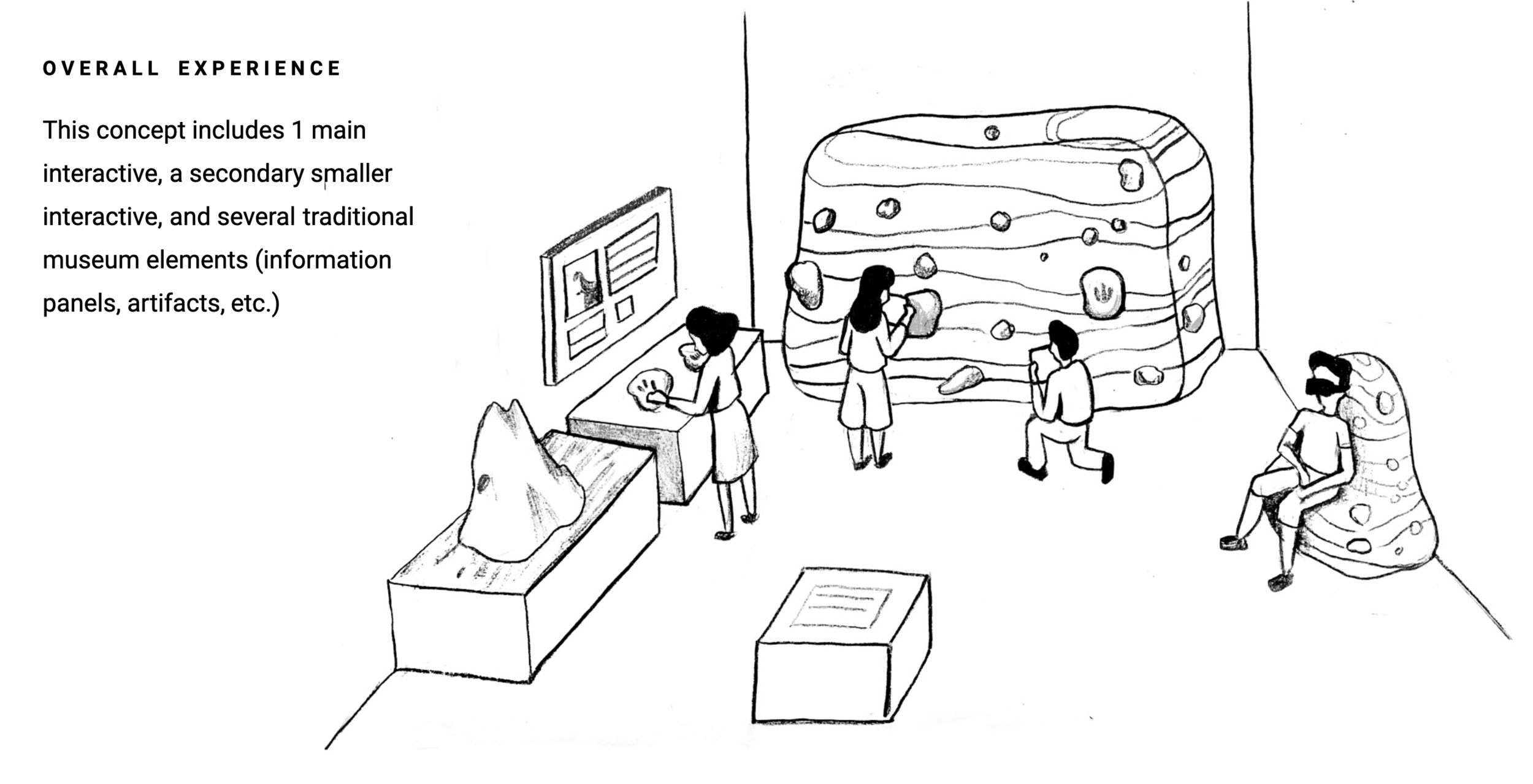VR is a complex multi-faceted medium. I don’t think I can possibly organize all my thoughts about it, and this manifesto will probably change many times as I learn more about it. I don’t really feel qualified to write a manifesto at all, but it’s cool to record my current opinions about VR – what it is, what it isn’t, and what it can do for me (right now).
VR is a powerful tool with many applications. I’m starting with this point to simply highlight what we all know. VR is still a relatively new medium and is growing and ever changing. What makes it so powerful is its ability to transform time and space, whether for storytelling, simulation, or world building. It can be applied to any context and discipline, but I want to focus on how VR changes the traditional framework and boundaries for creatives. Visual artists used to a 2D space, now have a 3D canvas. Filmmakers that imagine their stories on a rectangular screen can now give an audience 360 degree views. Architects accustomed to designing functional space can use their knowledge in a new context that, by choice, abandons or adheres to physics. And users can have first-hand experiences in far away places in the physical comfort of their living rooms.
VR emphasizes presence by hijacking our perceptual abilities. We started this class with discussions of presence and immersion. I believe that VR is truly an exercise of these ideas. I personally find VR to be incredibly immersive. I give over to my presence immediately, and it doesn’t take much for me to disassociate from the real world. I place myself fully in the VR space. However, I acknowledge (and I think it’s important that VR creators, in general, also acknowledge this) that the hijacking of perception is only one aspect of presence. The other aspect is the ability to suspend belief, the mental part, the dealing with this complicated human thing of consciousness. I believe it’s easy to convince the brain that what it is seeing is “real”, but it’s a lot harder to convince the mind.
Because perception in VR is mainly visual, this is both and advantage and a disadvantage. As a visual person, VR blows my mind every time, because it makes me “see” differently. Humans are certainly visual creatures, but we have other senses. I definitely think that while visuals and sounds are powerful in VR, it never feels quite “whole” without smell, taste, and touch. When you limit the senses, you emphasize the virtuality. Ultimately, it frustrates me that VR’s heavy visual component makes it not completely accessible.
VR can make you feel things. I always thought of VR as having the capability of creating empathy, a conclusion I had come to more from just imagining uses for VR rather than from doing VR experiences or looking at research. After these readings this week, I’m not too sure how to think – empathy might be too strong of a word. So instead I’d like to say that because of its immersive quality, VR makes you feel. These emotions can be anything from a quick scare to more profound lasting effects, which leads me to point…
We have tools to elicit certain kinds of feelings, but reactions to a VR experience are unpredictable…and
Unpredictability is what makes VR awesome. We have built a toolkit as creatives, as storytellers, as people, of what sorts of things elicit emotion. We know that color, space, sound, etc. are elements that in combination or in absence can be provocative, but just because we intend for something doesn’t mean it will turn out that way. That’s one of the things I like most about VR. Since it enhances first-person experience, certain emotions and perceptions might feel heightened, but the ultimate impact is subjective.
VR is temporary. When thinking about creating for a VR experience, I think it’s important to consider that the experience is fleeting. You must create interest for your user while they are in the headset and whether or not that experience sticks with them after is probably more up to them than up to you. For a new user the novelty of the technology may be enough to enthrall them, but for the VR veteran, what makes them stay? Make for the moment.
VR is virtual, but believability and immersion come from being grounded in reality. I think the most successful VR experiences for me were ones that still borrowed principles from reality, meaning our world or something that resembles things we already know. However, if you create rules for your world to abide by, then users are more likely to buy into it. It can be the most fantastical place in the world, where the most unrealistic things happen, but if it’s meant to happen that way, I know that it belongs there.
VR spaces can become places. I have enjoyed thinking about the distinction between these words, and have gravitated to the word “personal” as being the key difference. Space is an abstract concept, place is somewhere meaningful to the individual. I think that whether a VR experience is modeled from an more abstract space that feels general or obscure or it is modeled from a personal childhood memory or somewhere familiar to the creator or the user, the experience itself can become a place for the user. No one will experience a VR experience the same way, but once they have experienced it, that world is now a place for them.
VR is art. Even with the limited experience that I had as a user of VR before Poetics of Space, I always admired its capabilities and its aesthetics. I’ve discovered now that, as a medium, it melds well with my interdisciplinary nature and I’ve gotten to explore it with my cognitive science lens. However, what I am enjoying most is that it makes me to tap into my artistry. It allows me to revisit principles of visual language, think about concepts and meaning, and delve into ethics. VR doesn’t feel like an unapproachable technology anymore, it feels like something I can mold and manipulate with my hands, and that is really exciting.














